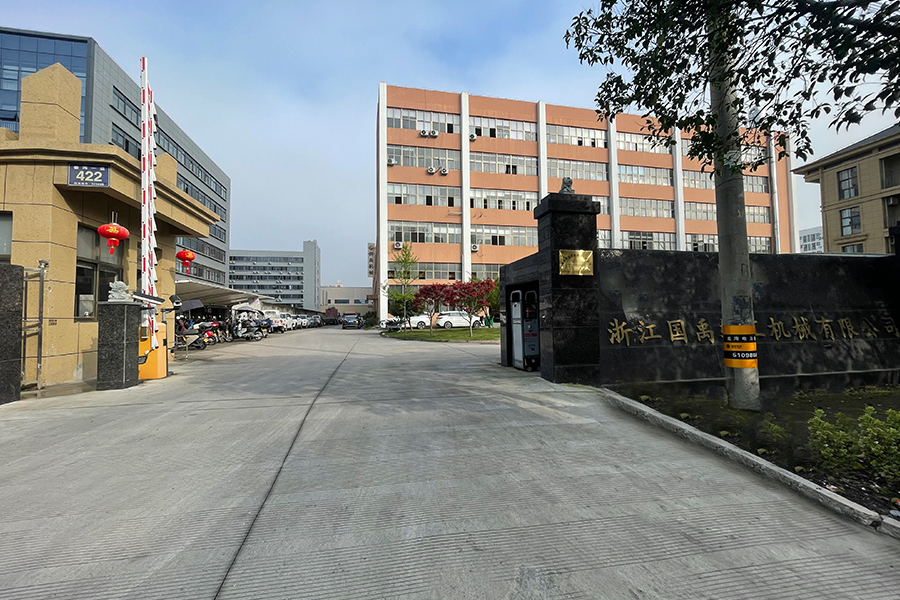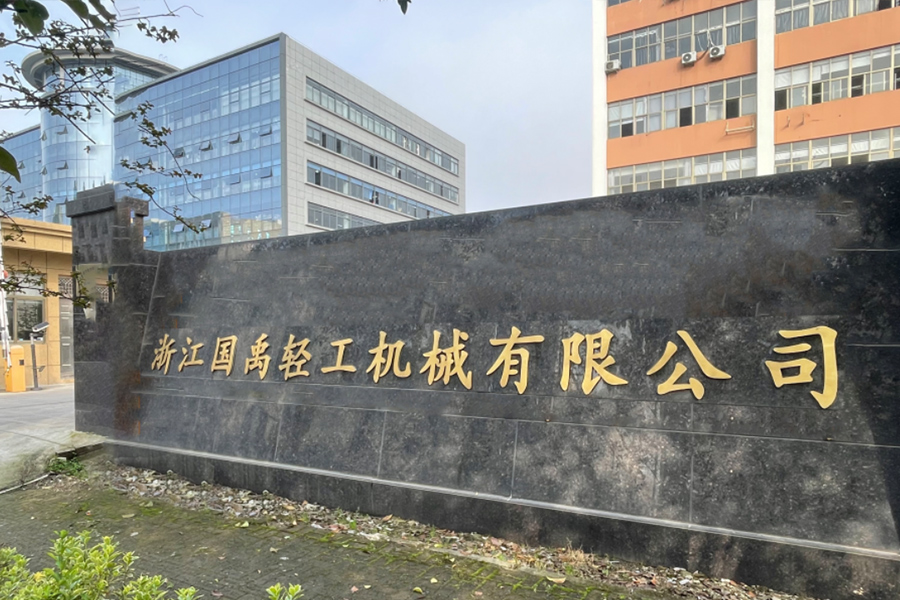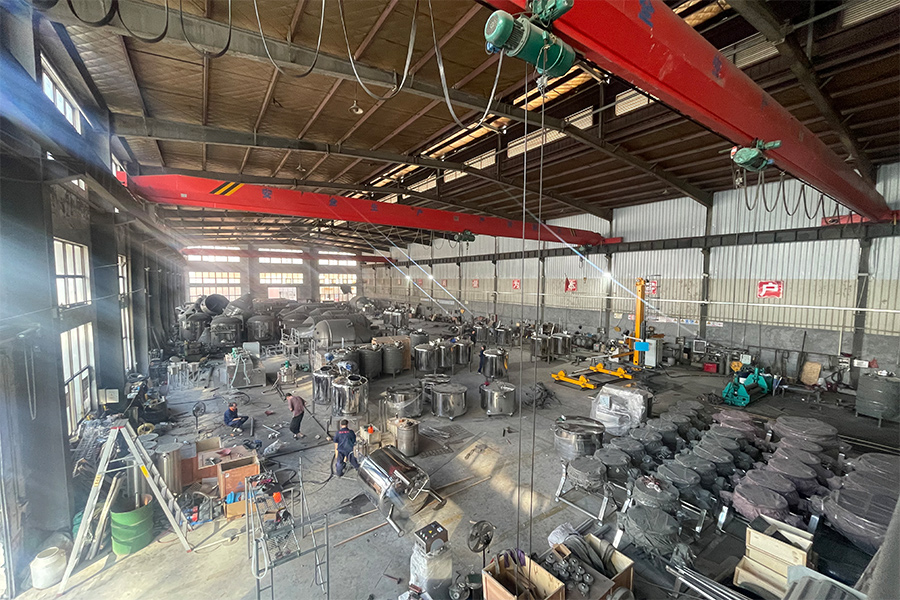-
 [email protected]
[email protected]
-
 +86-13706666922
+86-13706666922

An electrically heated stirring tank plays a significant role in industrial processes where controlled heating and thorough mixing are required. The combination of heating and agitation in a single vessel allows users to carry out complex procedures such as emulsification, dissolution, homogenization, and heat treatment in one integrated system.
An electrically heated stirring tank is a processing vessel designed for simultaneous heating and mixing of liquids or semi-solids. It uses electric heating elements, such as immersion heaters or heating jackets, to maintain precise temperature control. The integrated stirring mechanism ensures uniform blending and heat distribution, making it suitable for applications in chemical processing, pharmaceuticals, food production, and cosmetics.
Constructed from corrosion-resistant materials like stainless steel, the tank supports hygienic and efficient operations. Temperature sensors and control systems enhance process stability. This equipment is ideal for tasks like emulsification, dissolution, and preparation of heat-sensitive formulations in batch or continuous processes.
Electric heating within the tank may be implemented in various forms depending on the application requirements. Common methods include:
Electric heating jackets: Surrounding the tank with a metal shell that houses heating elements, which transfer heat through conduction.
Immersion heaters: Installed directly inside the tank for direct heating of the contents.
Heat transfer oil systems: Where the jacket contains oil that is electrically heated and indirectly warms the tank contents.
Each method offers different benefits based on temperature range, heating rate, and thermal uniformity. Electric heating is particularly suitable for clean environments since it avoids combustion byproducts and open flames.
Stirring Mechanisms
The stirring component in an electrically heated stirring tank is chosen based on the viscosity and nature of the materials being processed. Common types include:
Paddle stirrers: Suitable for low to medium viscosity fluids and provide uniform mixing.
Anchor agitators: Ideal for high-viscosity substances, especially near the tank wall.
Propeller mixers: Efficient for mixing low-viscosity liquids at high speeds.
Homogenizers or emulsifiers: Used in cases where a fine dispersion or emulsion is required.
The motor driving the agitator may be top-mounted or side-mounted, and speed control can be achieved through frequency converters or mechanical gearboxes.
Modern electrically heated stirring tanks often come with programmable logic controllers (PLCs) or digital control systems that monitor and regulate temperature, mixing speed, and processing time. This level of control ensures repeatable results and safety in sensitive operations such as pharmaceutical formulation or food production.
These tanks are often constructed with sanitary-grade stainless steel, especially in industries that require a hygienic process environment. The design may also include features such as pressure and vacuum resistance, sight glasses, manholes, level indicators, and safety valves. Some units are mobile, with wheels and compact designs, while others are fixed installations in production lines.
Common Applications:
Chemical Processing: For temperature-sensitive reactions, polymer mixing, or formulation of specialty chemicals.
Pharmaceutical Manufacturing: Used in the production of syrups, suspensions, ointments, and nutrient solutions.
Cosmetics and Personal Care: Suitable for creams, gels, lotions, and shampoos that require uniform heating and texture.
Food and Beverage: Applied in heating and blending sauces, dressings, dairy products, and liquid sweeteners.
An electrically heated stirring tank is a practical solution for industries requiring reliable, clean, and energy-efficient mixing with temperature control. Its versatility, combined with automation options and hygienic construction, makes it a valuable asset in diverse production settings. By adjusting its configuration, it can serve both small-scale laboratory setups and large-scale industrial operations effectively.







